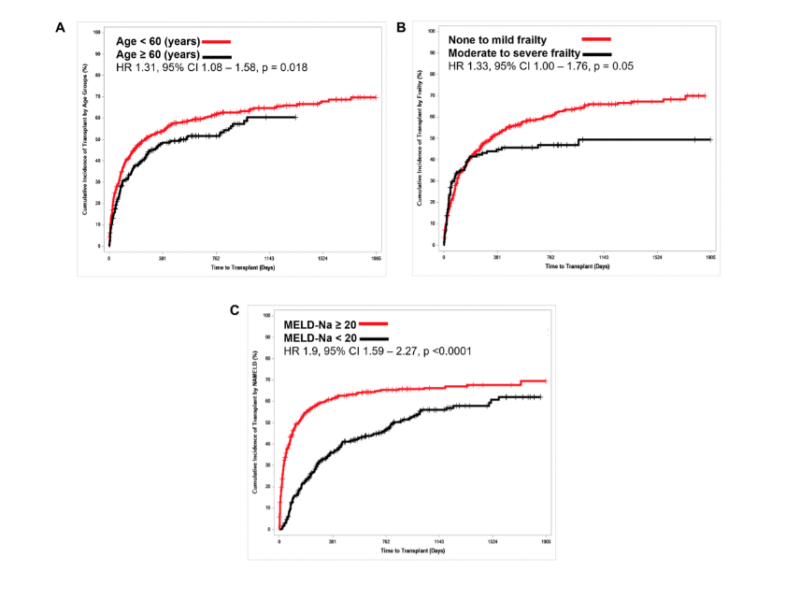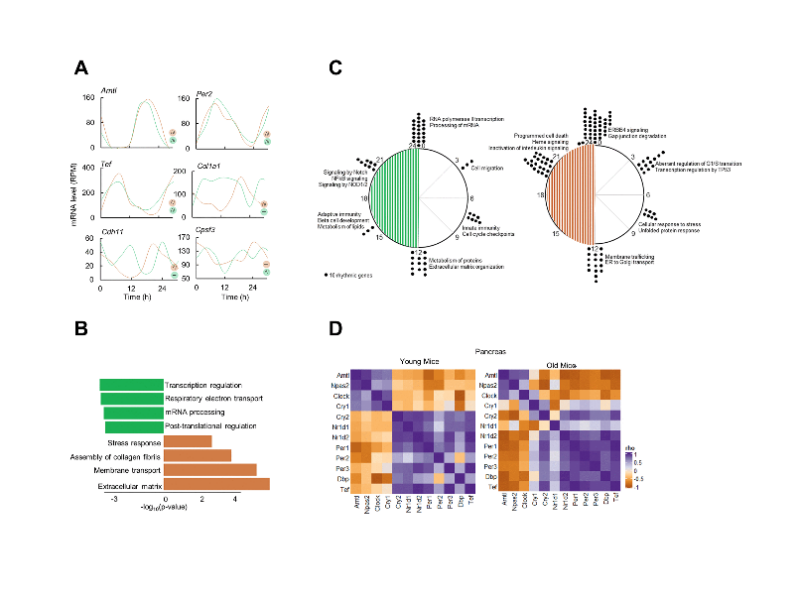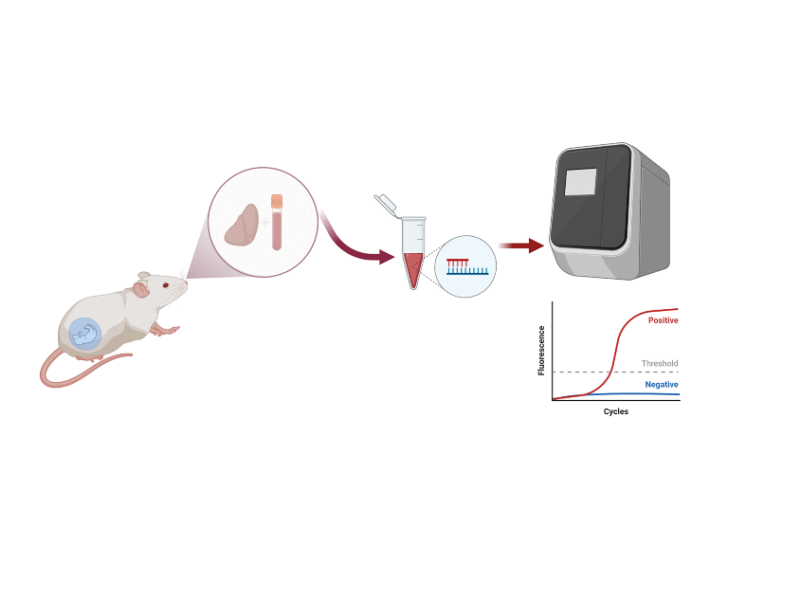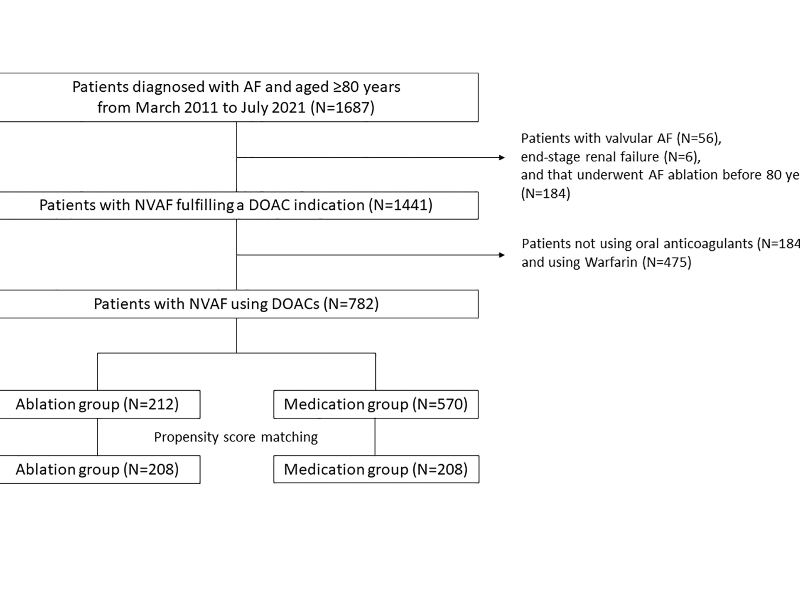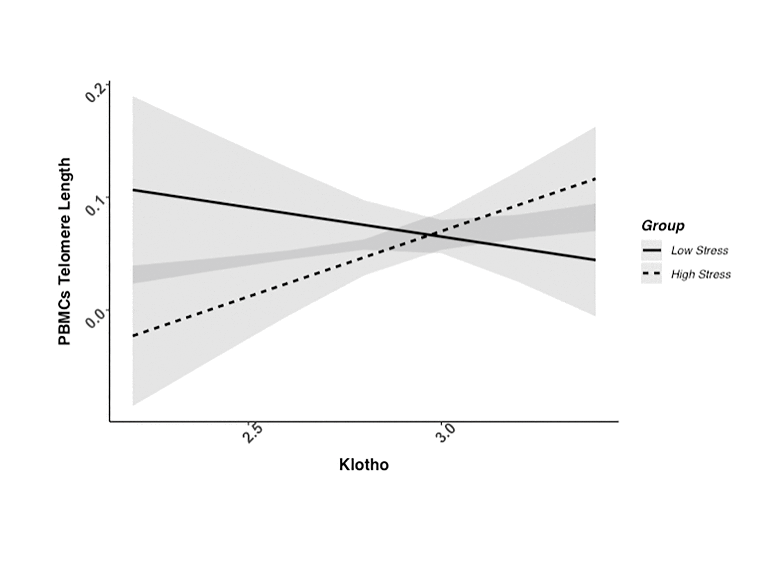Aging (Aging-US) Authors
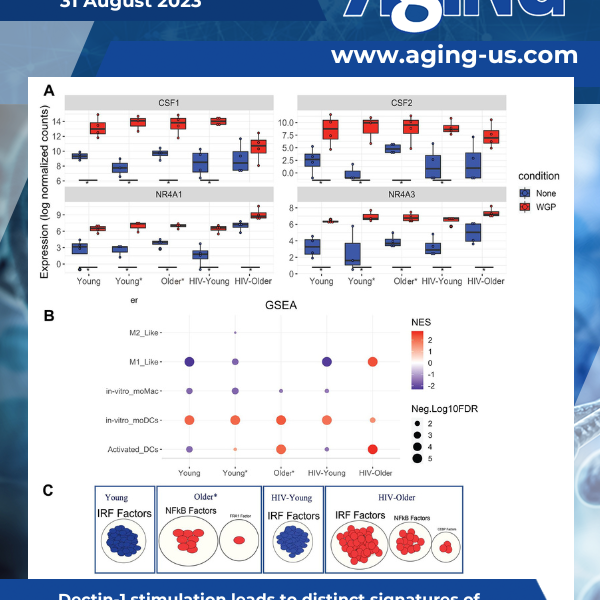
Dectin-1 is an innate immune receptor that recognizes and binds β-1, 3/1, 6 glucans on fungi. The researchers evaluated Dectin-1 function in myeloid cells in a cohort of HIV-positive and HIV-negative young and older adults.
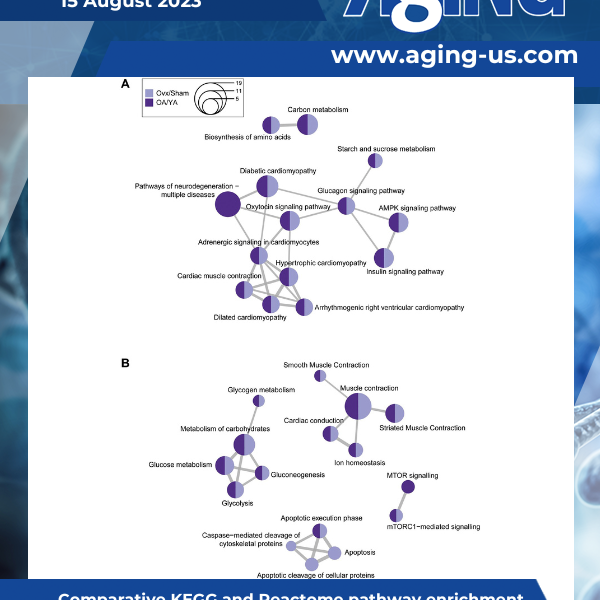
The loss of skeletal muscle strength mid-life in females is associated with the decline of estrogen. Here, the researchers questioned how estrogen deficiency might impact the overall skeletal muscle phosphoproteome after contraction, as force production induces phosphorylation of several muscle proteins.

Cell senescence has recently emerged as a potentially relevant pathogenic mechanism in fibrosing interstitial lung diseases (f-ILDs), particularly in idiopathic pulmonary fibrosis. The researchers hypothesized that senescent human fibroblasts may suffice to trigger a progressive fibrogenic reaction in the lung…
